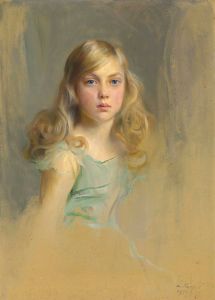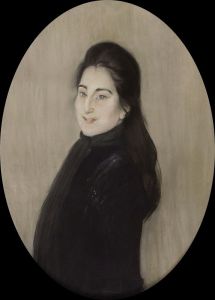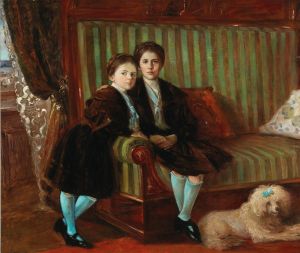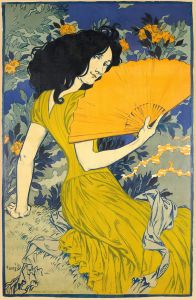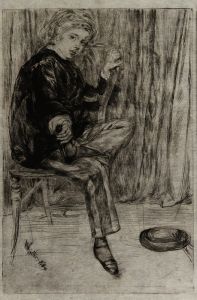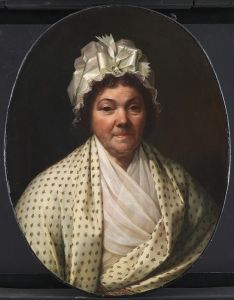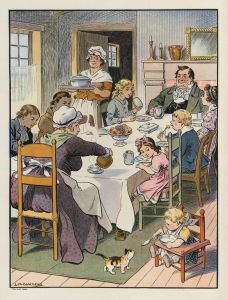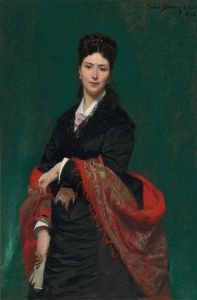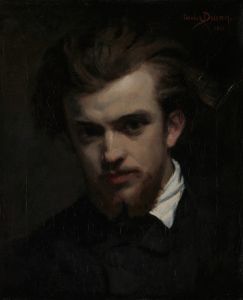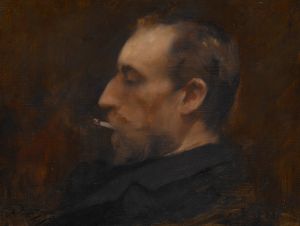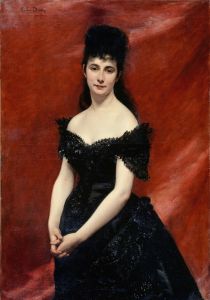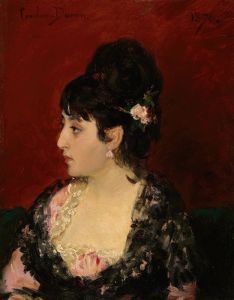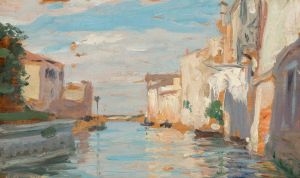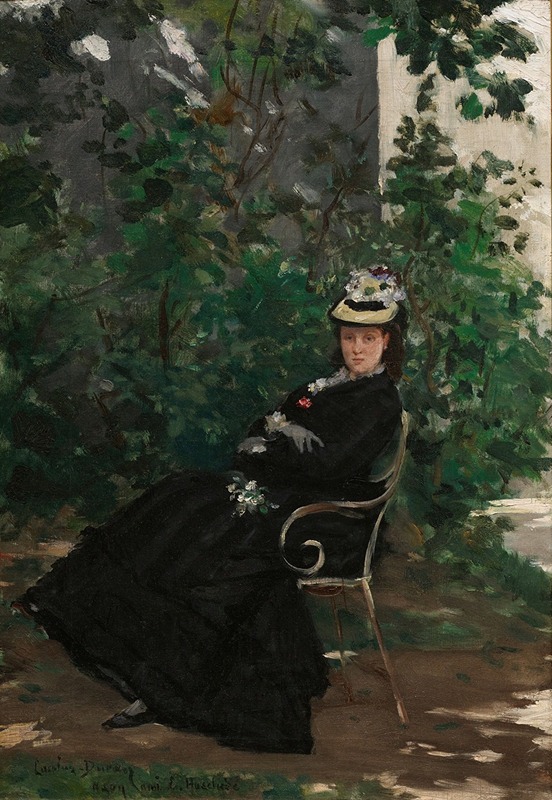
Portrait of Madame Alice Hoschede
A hand-painted replica of Carolus-Duran’s masterpiece Portrait of Madame Alice Hoschede, meticulously crafted by professional artists to capture the true essence of the original. Each piece is created with museum-quality canvas and rare mineral pigments, carefully painted by experienced artists with delicate brushstrokes and rich, layered colors to perfectly recreate the texture of the original artwork. Unlike machine-printed reproductions, this hand-painted version brings the painting to life, infused with the artist’s emotions and skill in every stroke. Whether for personal collection or home decoration, it instantly elevates the artistic atmosphere of any space.
"Portrait of Madame Alice Hoschedé" is a painting by the French artist Carolus-Duran, completed in 1880. Carolus-Duran, born Charles Auguste Émile Durand in 1837, was a prominent portrait painter of the late 19th century, known for his skillful use of color and his ability to capture the character and elegance of his subjects. He was a significant figure in the art world during his time, both as an artist and as a teacher, influencing a generation of painters, including the famous American artist John Singer Sargent.
The subject of the painting, Alice Hoschedé, was the wife of Ernest Hoschedé, a wealthy department store magnate and art collector. The Hoschedé family was well-connected in the art world and were patrons of several artists, including Claude Monet. In fact, after Ernest Hoschedé faced financial difficulties, the Hoschedé family lived with Monet and his family, leading to a close relationship between Alice and Monet. Eventually, after the death of Ernest Hoschedé, Alice married Claude Monet.
In "Portrait of Madame Alice Hoschedé," Carolus-Duran captures the grace and poise of Alice with his characteristic style. The painting is noted for its refined elegance and the subtle yet effective use of color and light, which are hallmarks of Carolus-Duran's work. The portrait reflects the fashion and aesthetic sensibilities of the late 19th century, with Alice depicted in a sophisticated and stylish manner, indicative of her social standing and the cultural milieu of the time.
Carolus-Duran's technique often involved a direct painting method, where he applied paint in a fluid and confident manner, allowing him to achieve a lifelike representation with a sense of immediacy and vitality. This approach is evident in the portrait of Alice Hoschedé, where the brushwork is both precise and expressive, capturing the textures of fabric and the nuances of Alice's expression.
The painting is an example of Carolus-Duran's ability to blend realism with a certain idealism, presenting his subjects in a flattering yet truthful manner. His portraits were highly sought after by the elite of his time, and his reputation as a portraitist was well-established across Europe.
"Portrait of Madame Alice Hoschedé" is part of the broader context of Carolus-Duran's oeuvre, which includes numerous portraits of prominent figures of the day. His work is characterized by its technical proficiency and its ability to convey the personality and status of his sitters. The painting not only serves as a representation of Alice Hoschedé but also as a reflection of the social and cultural dynamics of the period.
Today, Carolus-Duran's works are appreciated for their artistic merit and historical significance, offering insights into the portraiture and society of the late 19th century. His influence as a teacher and artist continues to be recognized, and his portraits remain valued for their beauty and craftsmanship.





